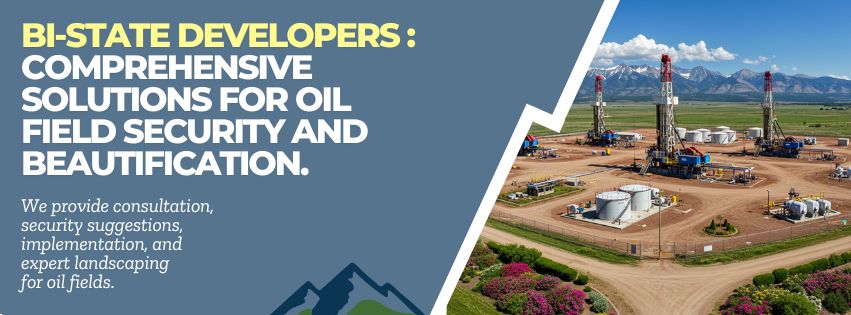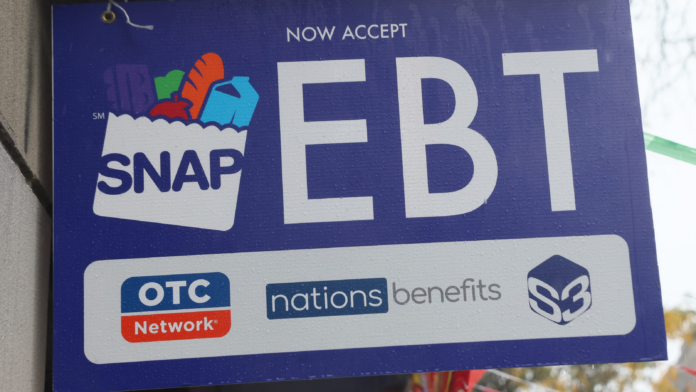The nearly 42 million low-income Americans on the Supplemental Nutrition Assistance Program (SNAP) will have to reapply for benefits under a planned overhaul of the program in an effort to cut down on “fraud,” Agriculture Secretary Brooke Rollins told news outlets in the wake of the government reopening last week.
Rollins said SNAP, meant to be a nutrition lifeline for financially struggling households, was among the first priorities she targeted for review, citing concerns about eligibility and oversight in an interview with Newsmax on Nov. 13.
“Make sure that everyone that’s taking a taxpayer-funded benefit through … food stamps, that they literally are vulnerable and they can’t survive without it.”
The nation’s largest nutrition assistance program was a flashpoint during the 43-day government shutdown, leading to unprecedented disruptions in payments and a litany of court rulings. The spending package that ended the shutdown on Nov. 12 restored full funding to the USDA, which oversees SNAP, after benefits were paused for the first time in the program’s history on Nov. 1.
During the Newsmax interview, Rollins also claimed that preliminary data from 29 states showed that more than 186,000 “deceased” individuals are “receiving a check” through SNAP. However, benefits are distributed on electronic cards, not checks.
Fraud happens in three primary ways, according to the USDA: applicants misrepresenting income or identity, retailers trading benefits for cash or unapproved items, or criminals stealing benefits by scanning or cloning EBT cards.
The U.S. Congressional Research Service described SNAP fraud as “rare” in an April 7 report, saying available data and reports show a large number of overpayments can be attributed to unintentional errors. USA TODAY has reached out to the USDA and the White House to request more information about the fraud allegations.
Who gets SNAP benefits?
SNAP, formerly known as food stamps, provides cash cards known as Electronic Benefits Transfer (EBT) to approximately 12% of Americans for a limited time to help purchase basic food items. A large number of recipients are elderly, disabled or children.
To qualify, households must be at or below 130% of the poverty line, meaning they make up to 30% more than the federal poverty guideline, which in 2025 was $15,650 for a single person, $26,650 for a three-person household, and $37,650 for a five-person household.
A one-person household had a maximum monthly allotment of $298 in 2025, while a three-person household could get a maximum of $785 and a five-person household could receive $1,183, according to the USDA. There are special additional rules for households with elderly or disabled members.
SNAP benefits are determined by states and funded by the USDA. Recipients must recertify regularly to maintain eligibility. Typically, benefits can only be provided for 3 months within a 36-month period, unless additional work-related requirements apply. Approved recipients are given a finite timeline to access their benefits.
Reapply versus recertifying for SNAP
Participants must recertify their information at least every 6 months, depending on the state and their status. They must report any changes to household status, income, medical needs, work history, and other personal information.
Reapplying entirely, as Rollins has suggested, is a more intense, time-consuming and costly process than recertifying. States are now responsible for a higher share of administrative costs to maintain and distribute benefits under the



